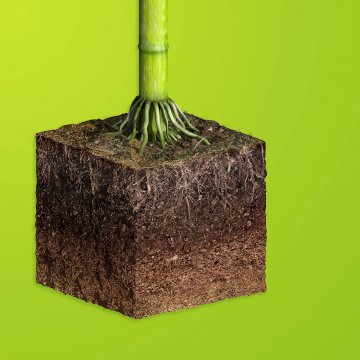Explore our blog featuring articles about farming and irrigation tips and tricks!
Join The Soil Health Revolution

By: Successful Farming Staff
When Clarence Breker was a boy early in the last century, he’d ride his pony up to the top of a hill near Havana in southeastern North Dakota. He’d breathe in the seemingly endless prairie down below, with golden native grasses and blooming flowers simultaneously waving in a silent concert.
Years later, he’d tell his impressionable son, Joe, that this slice of North Dakota heaven was just a fraction of the original unbroken 1.4-million-square-mile North American prairie. Supporting this sea of native vegetation was rich topsoil, oozing with soil carbon. Carbon helped key plentiful organic matter that enabled the prairie to:
Rapidly absorb water.
Retain nutrients.
Enhance soil microbial diversity that aided nutrient and water transfer to plants.
“The topsoil under the prairie was unbelievable,” says Dave Franzen, a North Dakota State University (NDSU) Extension soil scientist. “A 1905 Cass County soil survey (in east-central North Dakota) showed many fields had topsoil 1½ to 2 feet deep, with 6.5% organic matter.”
Native Americans, like North Dakota’s Mandan Indians, were excellent caretakers of the prairie.
“Scarring the soil was taboo,” says Franzen. “They farmed the way Egyptians (3000 BC) did.”
Floods that deposited rich soil along the Missouri River in central North Dakota provided the Mandans fertile ground to grow a diverse crop rotation that included corn, beans, and squash.
Stay up to date on all T-L news and get alerts on special pricing!


